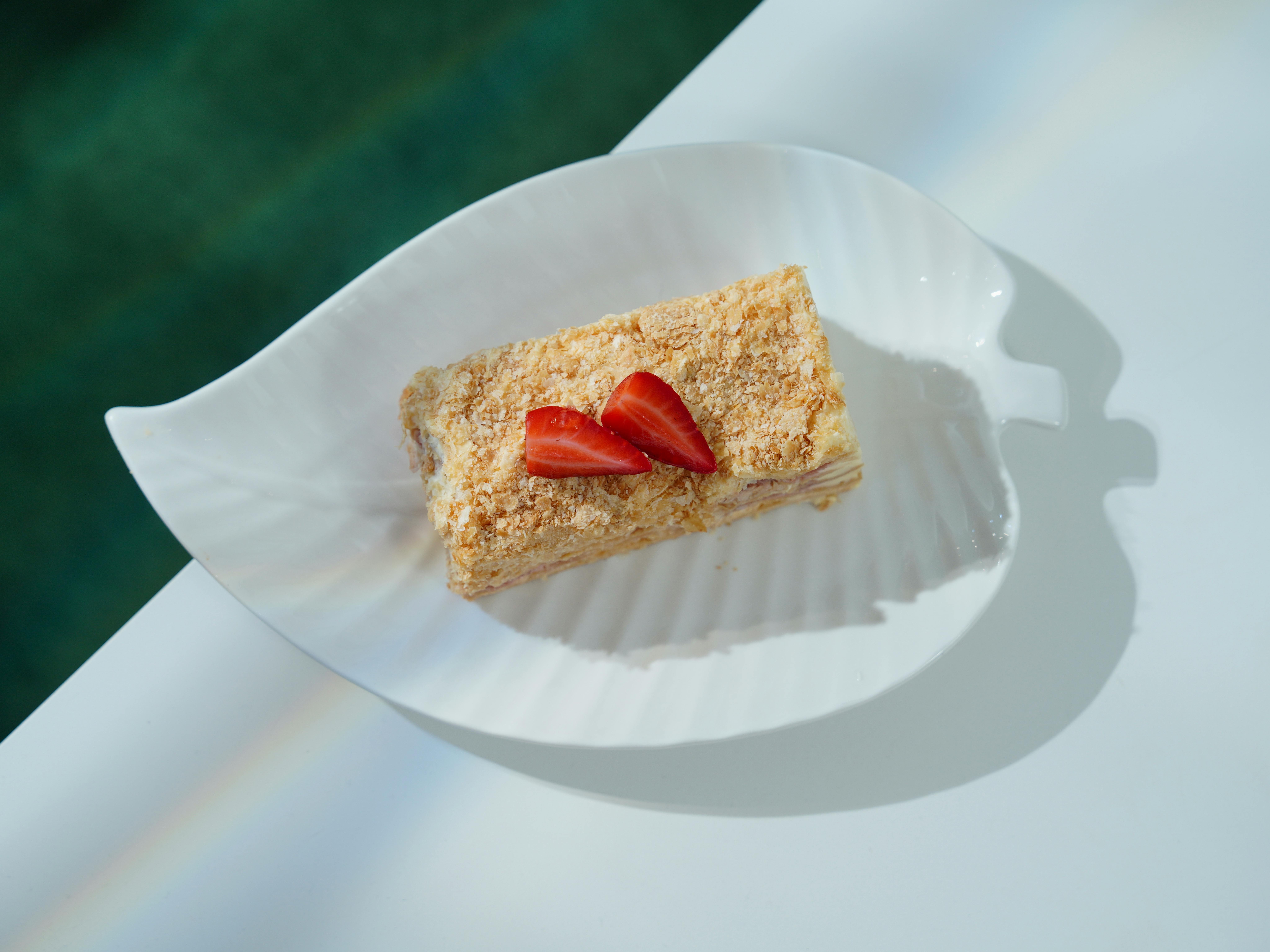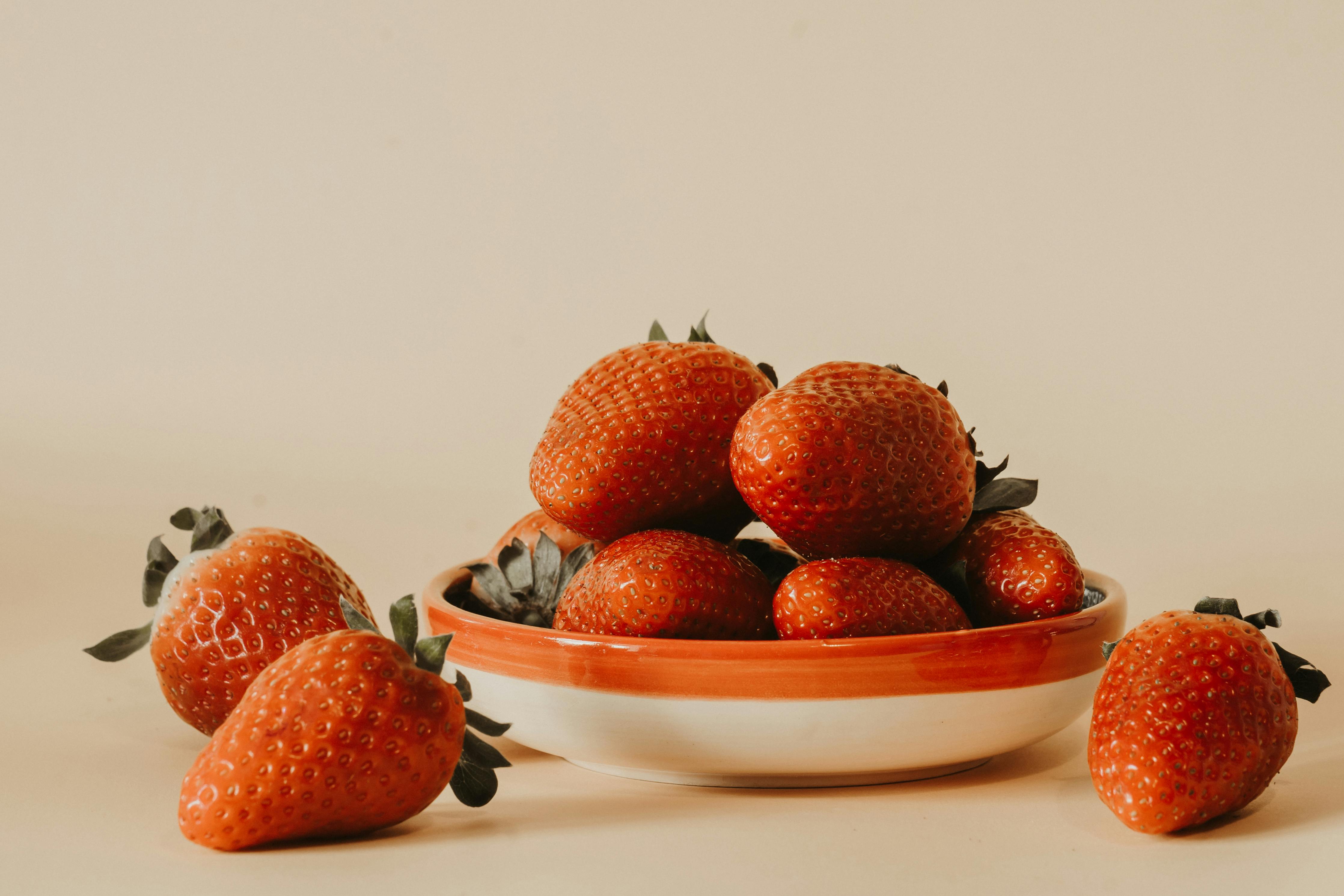Fertilizing strawberries is an important part of caring for your strawberry plants. It helps to ensure that they receive the nutrients they need to thrive and produce a bountiful harvest. Knowing how often to fertilize your strawberry plants can be a tricky question, as it depends on various factors such as the type of fertilizer you use, the type of soil you have, and the climate in your area. In this article, we will discuss how often you should fertilize your strawberry plants in order to get the best results.It is recommended to fertilize your strawberries once a month when they are actively growing. Make sure to use a fertilizer that is specifically formulated for strawberries and follow the instructions on the label. Applying too much fertilizer can damage the plant, so be sure to read the label carefully and use only what is recommended.
What Fertilizer Is Best for Strawberries?
Strawberries are a favorite fruit of many and, when grown in the home garden, they can produce an abundant crop with the right fertilizer. To get the best results from strawberries, a fertilizer that is high in phosphorus and potassium is needed to ensure good blossom growth and healthy fruit. It is also important to use a fertilizer that is low in nitrogen because too much nitrogen can cause an abundance of foliage at the expense of flowers and berries. The best type of fertilizer for strawberries should also contain trace elements like boron, zinc, iron, and copper to provide optimal nutrition. Organic fertilizers such as compost or well-rotted manure are good choices because they release nutrients slowly over time while providing beneficial soil microbes that help keep the plant healthy. Before applying any type of fertilizer to strawberries, it is important to test the soil pH first since strawberries prefer slightly acidic soil with a pH between 5.5-6.5. If needed, adding sulfur or elemental sulfur can help adjust the pH level of the soil for better results.
In addition to fertilizing with traditional granular products, there are other ways to give your strawberry plants the nutrients they need. For example, using a foliar spray of diluted fish emulsion or seaweed extract will provide quick-acting nutrients directly into the foliage which can be very beneficial during fruiting season. Incorporating cover crops like clover or oats into your strawberry patch will also help improve soil fertility by adding organic matter and nitrogen as they decompose over time.
To ensure that you get the most out of your fertilizing efforts with strawberries, it is important to follow directions carefully for whatever product you choose. It is best to apply fertilizer in late winter or early spring before growth begins so that plants have plenty of nutrients available when they begin producing their crop. During fruiting season it may be necessary to apply additional fertilizer if plants appear weak or produce small berries; however it should be done sparingly as too much will result in lush foliage but few berries.
What Nutrients Do Strawberries Need?
Strawberries are a nutrient-rich fruit that provide a wide range of essential vitamins and minerals for overall health. The most important nutrients that strawberries need include calcium, potassium, vitamin C, fiber, folate, and magnesium. Calcium is important for bone growth and development as well as maintaining healthy teeth and gums. Potassium helps regulate blood pressure and keeps the body hydrated. Vitamin C is an antioxidant that helps protect cells from oxidative damage and boosts immunity. Fiber helps promote regular digestion and can help reduce cholesterol levels. Folate is important for cell growth and development as well as helping to prevent birth defects. Finally, magnesium is important for energy production and muscle relaxation.
In addition to these essential nutrients, strawberries are also a good source of other vitamins and minerals such as vitamin A, iron, zinc, selenium, copper, manganese, phosphorus, niacin, riboflavin, pantothenic acid, thiamin. All of these nutrients work together to provide the body with the necessary fuel it needs to function properly. By including strawberries in your diet you can ensure that your body has all of the essential vitamins and minerals it needs for optimal health.
When Should You Fertilize Strawberries?
Fertilizing strawberries is an important part of the growing process. When and how often you fertilize your strawberry plants depends on the type of fertilizer you use and the condition of your soil. It is generally recommended to fertilize strawberries twice per season—once in the early spring, when new growth begins, and once in late summer or early fall, when plants are producing fruit.
When fertilizing strawberries, it’s best to use a balanced fertilizer that is low in nitrogen and higher in phosphorus and potassium. Nitrogen will encourage healthy foliage growth, while phosphorus and potassium will help build strong roots and promote fruiting. If you’re unsure about which fertilizer to use, contact your local cooperative extension office for advice on which type will work best for your specific soil conditions.
It’s also important to check the soil pH level before fertilizing to make sure it’s within a suitable range (6-7). If the pH level is too high or too low, it can cause nutrient deficiency problems that can impede plant growth. If needed, you can adjust the pH level by adding lime or sulfur.
Once you have chosen a fertilizer and checked the soil pH level, it’s time to apply it to your strawberry plants. Prior to application, water your plants thoroughly so that they don’t absorb too much of the fertilizer at once. After application, water again lightly to help move the nutrients into the root zone. You should also keep an eye on your plants for signs of nutrient deficiency such as yellowing leaves or stunted growth—this could mean that you need to adjust your application rate or switch up your fertilizer brand.
How to Apply Fertilizer to Strawberries
Applying fertilizer to strawberries is an important part of their cultivation. Fertilizer helps to ensure that your plants have the necessary nutrients to produce healthy, flavorful fruit. Here is how you can apply fertilizer to your strawberry plants for optimal growth.
The best time to apply fertilizer to your strawberry plants is in early spring when new growth begins. This will help ensure that the plants have enough nutrients as they enter a period of rapid growth and fruiting. Use a balanced fertilizer such as 10-10-10 or 20-20-20, applied at a rate of 2 pounds per 100 square feet. Sprinkle the fertilizer evenly over the soil around each plant, making sure not to let it touch the foliage or flowers of the plant.
It’s also important to feed your strawberry plants throughout the growing season. Side dress with a light application of compost or manure every few weeks during the summer months, and use a liquid seaweed fertilizer every other month for additional nutrition. Make sure not to over fertilize, as this can lead to excessive leaf growth and fewer fruits.
Once you have finished applying fertilizers, water your strawberry plants thoroughly so that the nutrients can be absorbed by the roots. This will also help flush out any excess nutrient salts from the soil which could otherwise damage your plants. With proper fertilization and care, you should be able enjoy a bountiful harvest of sweet strawberries in no time!

Signs of Over-Fertilization in Strawberries
Fertilizing is an important part of strawberry maintenance, as it helps the plants to get the nutrients they need. However, over-fertilization can have a detrimental effect on the health of the plant. It is therefore important to be aware of the signs that may indicate that a strawberry patch has been over-fertilized.
One of the most common signs of over-fertilization is an excessive amount of foliage growth. This can lead to a decrease in fruit production as the plants are expending too much energy on leaf growth, rather than fruit production. Excessively lush foliage can also cause plants to be more prone to disease and pests, as they provide ideal breeding grounds for both.
Another sign of over-fertilization is yellowing leaves. This indicates that there is an imbalance in nutrients in the soil and an excess of nitrogen or other nutrients may be present. If this problem persists, it can lead to stunted growth and even plant death if left untreated.
Finally, one of the most obvious signs of over-fertilization is an increase in weeds or pests in the strawberry patch. Weeds and pests thrive when there are higher levels of nitrogen and other nutrients present in the soil, which are released when fertilizers are applied too often or in too large quantities.
It is therefore important to keep a watchful eye on your strawberry patch for any signs that may indicate over-fertilization and take action promptly if any are observed. By doing so, you can ensure that your strawberries remain healthy and productive for many years to come.
Alternatives to Fertilizing Strawberries
Organic fertilizers are a great alternative to chemical-based fertilizers when it comes to strawberries. Many organic fertilizers, such as compost or manure, contain essential nutrients and minerals that will help promote the growth and development of your strawberry plants. Compost can be made from kitchen scraps or grass clippings, while manure is typically derived from cows, horses, sheep, or chickens. Adding a layer of organic matter to your soil can also improve drainage and texture while helping retain moisture. Additionally, you can add mulch around the base of your strawberry plants to help keep them moist and protected from cold temperatures.
Another way to fertilize strawberries is by using homemade solutions. For example, you can make a solution using one part molasses and four parts water. This solution should be sprayed onto the leaves of your strawberry plants once a week. Another homemade solution consists of one part apple cider vinegar mixed with four parts water; this mixture should be applied directly to the soil around the strawberry plants every two weeks.
Finally, many gardeners prefer to use natural predators as an alternative method for controlling pests on their strawberry plants. Beneficial insects such as ladybugs and lacewings can help control aphids and other pests that may damage your strawberry crop. Attracting birds into your garden by providing food sources like bird feeders or nesting boxes can also help protect strawberries from insect pests.
Effects of Under-Fertilizing on Strawberry Plants
Under-fertilizing strawberry plants can have a wide range of consequences. Without the right balance of nutrients, the plant’s growth and health will suffer. Lack of essential nutrients can lead to decreased yields, poor fruit quality, and even death in extreme cases.
When strawberry plants don’t receive enough nitrogen, they will show signs of yellowing in their leaves. This is due to chlorosis, a condition where the plant’s leaves lack enough chlorophyll to produce healthy green foliage. In addition, without enough nitrogen available, the plant won’t be able to produce as many fruits as it would with a proper fertilization regimen.
Other essential nutrients such as potassium, phosphorus and magnesium are also important for strawberry plants to receive in order to stay healthy and produce abundant fruits. Without adequate amounts of these minerals, plants may not be able to properly absorb water or other nutrients from the soil. This can lead to wilting and stunted growth.
In addition, under-fertilization can put stress on the plant’s root system which can cause root rot or other diseases. This can further weaken the plant’s ability to uptake water and other essential elements from the soil. Without proper nutrition, strawberry plants may also be more susceptible to pests and disease which can reduce yields even further and potentially kill the plant altogether if left untreated for too long.
To ensure that your strawberry plants are receiving all the necessary nutrients they need for optimal health and production, it is important to follow a balanced fertilization regimen that is tailored specifically for strawberries. Proper fertilization will help your strawberries reach their full potential while avoiding any negative effects associated with under-fertilizing.

Conclusion
Strawberries are a hardy fruit and can thrive with minimal fertilizer, but they will produce more abundant yields if fertilized regularly. Fertilizing every four to six weeks is ideal for strawberry plants in the spring and summer, when plants are actively growing and fruiting. During the fall and winter months, fertilizing every eight to twelve weeks is recommended. A balanced fertilizer should be used that contains both nitrogen and phosphorus, and other micronutrients may be beneficial as well.
It’s important to follow the instructions on the fertilizer label carefully, including how much to apply and how often to fertilize. Applying too much fertilizer can damage strawberry plants, while too little may not provide enough nutrients for optimal growth and fruiting. Pay attention to your plants’ health for signs of over- or under-fertilization, such as yellowing leaves or poor fruit production. With regular fertilization, you can enjoy delicious strawberries throughout the growing season!



